Summary
- BUA was formed in 1960 by Airwork Services and Hunting-Clan Air Transport.
- Fleet expansion and route growth in the 1960s to Europe, Africa, and the Americas.
- Merged into British Caledonian in 1970, later part of British Airways.
British United Airways (BUA) was an independent airline in Britain founded in 1960 through the merger of Airwork Services and Hunting-Clan Air Transport. At the time, British United was the largest wholly private carrier in the United Kingdom, with a shareholding from British and Commonwealth Shipping (B&C). The company operated a fleet of 90 fixed-wing aircraft and helicopters primarily on non-scheduled flights.
London Gatwick Airport was the carrier's main operating base, with London Stansted as the main base for trooping flights. In the late 1960s, BUA operated various charter and scheduled services in Europe, Africa, and the Americas. It merged into British Caledonian in 1970, which later became part of British Airways.
Formed from two other airlines in 1960
- Airwork Services: Founded in 1928
- Hunting-Clan Air Transport: Founded in 1946
- BUA: Founded in 1960
Airwork Services was a long-serving private airline based in London. It was formed in 1928 and carried out many supporting and training roles for the UK military. After World War II, it expanded into commercial flight operations with various Vickers, Handley Page, and Douglas aircraft fleets. These included charter flights to Africa and the Middle East, transatlantic freight operations, and a low-fare passenger service to many parts of Africa.
Hunting-Clan Air Transport was another private operator, formed after the war in 1946—initially as Hunting Air Travel, then adding Clan branding in 1953 following cooperation with the Clan shipping line. It operated freight, charter, and scheduled flights both domestically in the UK and to Africa. It cooperated with Airwork on later African flights with a popular "Safari colonial" passenger service.
These two companies merged in July 1960 to form British United Airways. The newly formed airline took on the aircraft and routes of its two predecessors. This included military contracts (mainly based out of London Stansted Airport) and charter/scheduled operations (from a base at London Gatwick).
British United Airways' first Managing Director was Freddie Laker. He had already been involved with Hunting-Clan Air Transport, having sold his previous airline business to the company. Laker stayed with BUA until 1965, when he left to set up his own UK charter airline, Laker Airways.
More scheduled operations and growth in the 1960s
It was not long before British United Airways moved beyond these inherited operations. The expansion of scheduled routes was a major priority of the new airline, and this was helped by a 1960 law change in the UK to remove monopolies from the state airlines. This expansion was supported by an order for ten new BAC One-Eleven aircraft in May 1961 (which entered service in 1966). BUA kept the African services going but added many new destinations in Europe.
These early years also saw expansion through more mergers. In January 1962, British Aviation Services was merged into the company, and Jersey Airways followed a few months later. British Aviation Services was the holding company for the UK airlines Britavia and Silver City Airways. These both had large UK-based operations. Britavia operated troop flights worldwide and several freight and leisure routes.
Silver City Airways likewise operated numerous short and long-haul freight and passenger routes, and became well-known for developing cross-channel ferry flight services from the UK using the Bristol Freighter and SuperFreighter.
British United Airways in the jet age
BUA started jet services with the Vickers VC-10 in 1964. It was the first private airline in the UK to operate jets (BOAC was the first overall with the Comet in 1952). These replaced its Douglas DC-6 and Bristol Britannia aircraft on long-haul routes.
Expansion continued in the decade's second half, with new aircraft orders including five more BAC One-Eleven aircraft and a third VC-10. Route expansion continued, too, with BUA taking over the South American services of British Overseas Airways Corporation (BOAC) at the end of 1964.
By the end of the 1960s, BUA was the UK's largest independent airline. It had ended its troop-carrying flights and focused on more profitable scheduled and charter flights. It also operated an all-jet aircraft fleet by this time.
Sale of the airline
- British United Airways (BUA): Founded in 1960
- BUA merger with British Caledonian: 1970
- British Airways' acquisition of British Caledonian: 1987
The UK aviation industry was shaken up in 1969 when a government report on the future of aviation in the country was published, titled "British Air Transport in the Seventies."
This recommended the creation of a privately owned airline that could take on state-owned monopolies like British European Airways (BEA) and British Overseas Airways Corporation (BOAC).
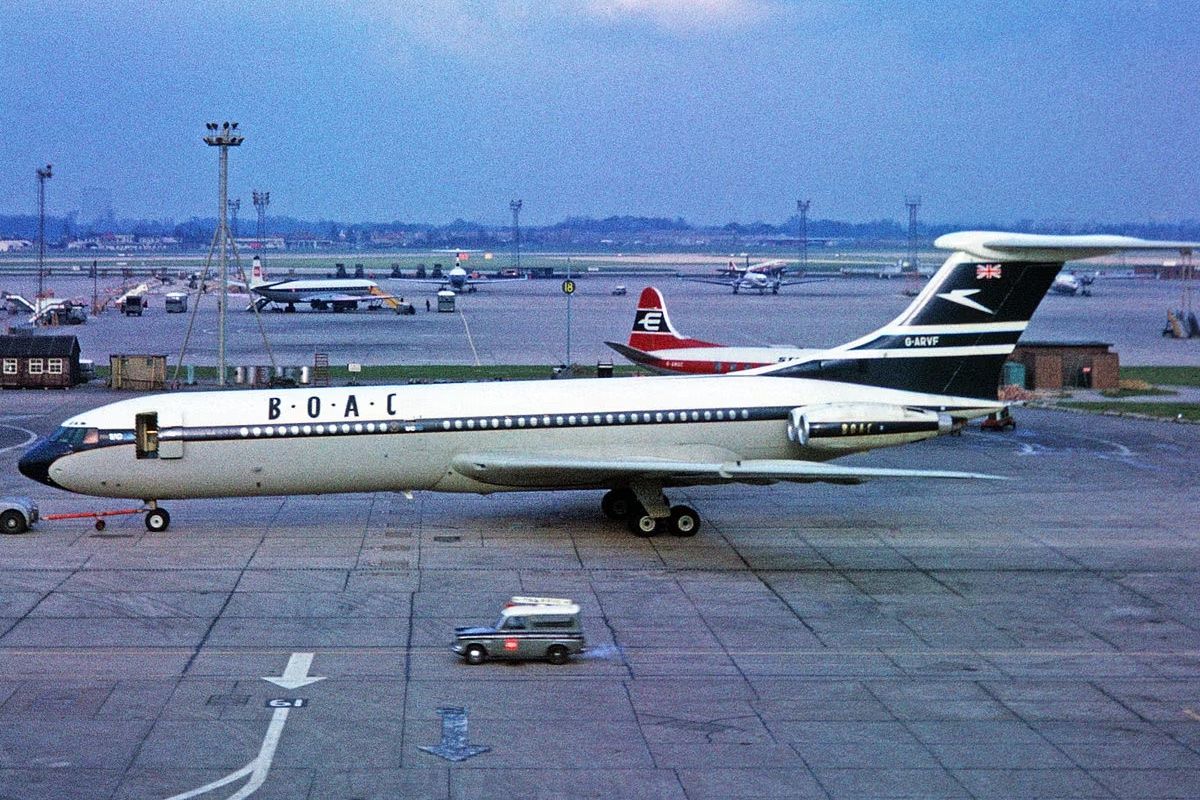
How & When Did BOAC Become Today's British Airways?
Exploring the story of the UK's most iconic airline.BUA attempted to take on this role, but it did not work out. Instead, it gave rise to the new private airline of British Caledonian. This was formed when Caledonian Airways, a leading UK charter airline, took over BUA to form a new airline.
As highlighted by Britannica, British Caledonian chose London Gatwick as its new base and took on all the routes and aircraft from BUA (it also purchased outright one BAC One-Eleven aircraft that BUA had leased). The aircraft was quickly repainted in the British Caledonian livery, featuring a Scottish Lion Rampant on its tail.
British Caledonian expanded throughout the 1970s, adding several new destinations, including Paris and New York (competing directly with UK state airlines). The New York flights were the first flights to the US from an independent British airline. Fleet expansion and updates continued, too, with the airline selecting the Douglas DC-10 as its new long-haul aircraft in 1977. It also took on the Boeing 747 in the late 1970s (operating five passenger aircraft alongside 12 DC-10s).
In July 1987, British Caledonian Airways and British Airways announced they would merge with British Airways, acquiring British Caledonian Airways' assets for £237 million ($280 million).
British United Airways is an important name in the history and development of UK aviation. Although it only operated for around a decade, it became the largest independent UK airline and lives on in merged operations today. Feel free to share any memories you have or further historical details of this historic UK airline.

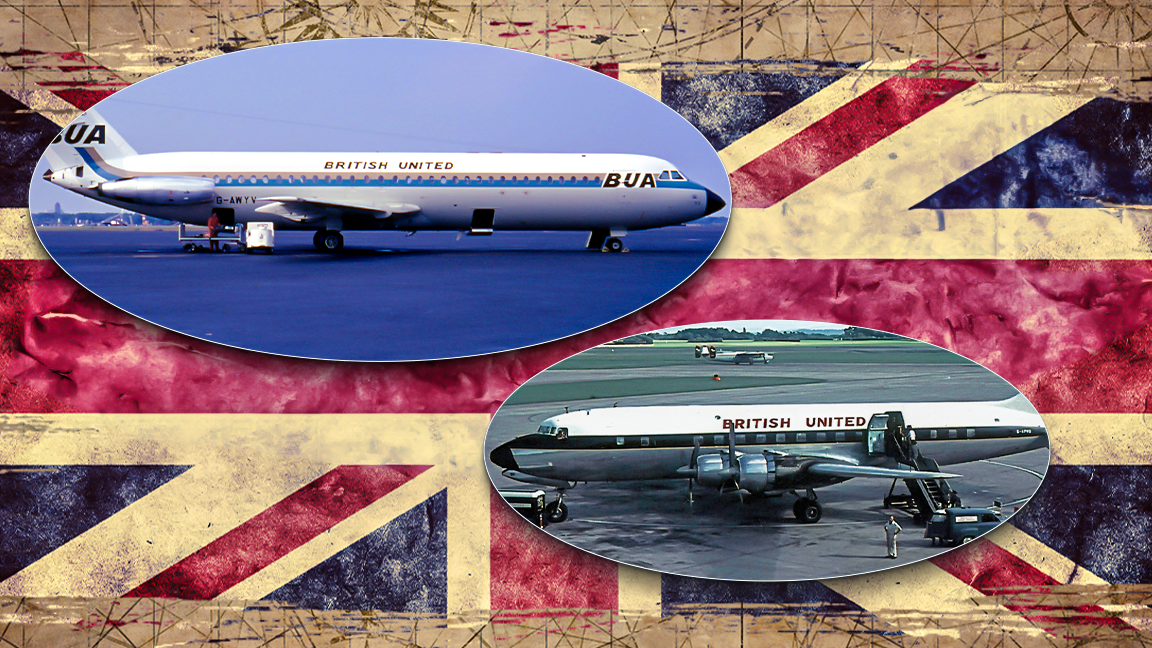
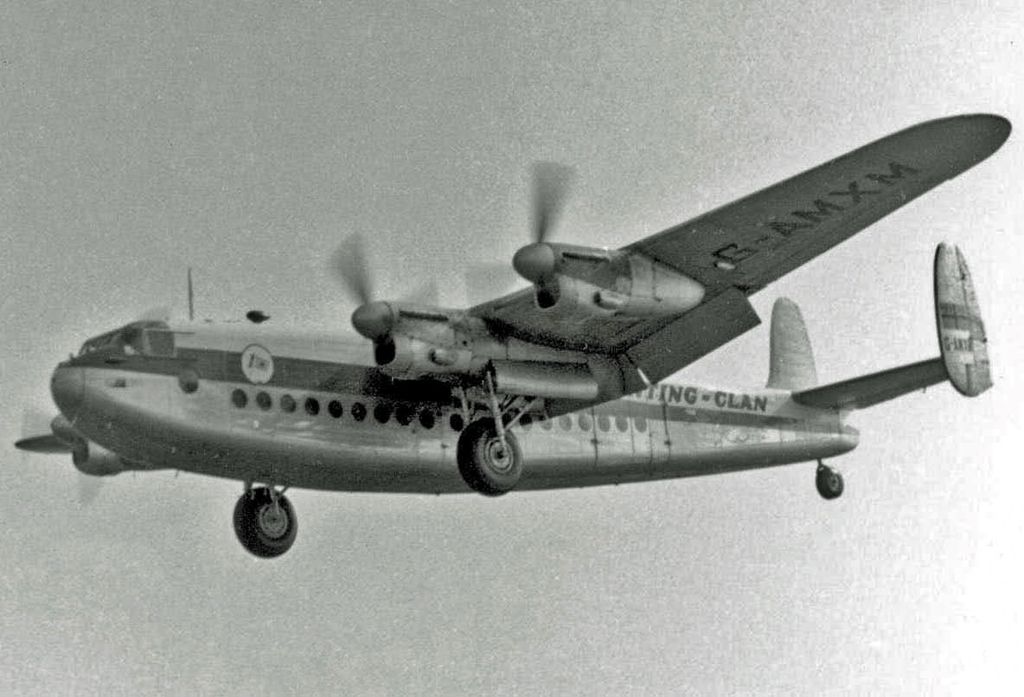
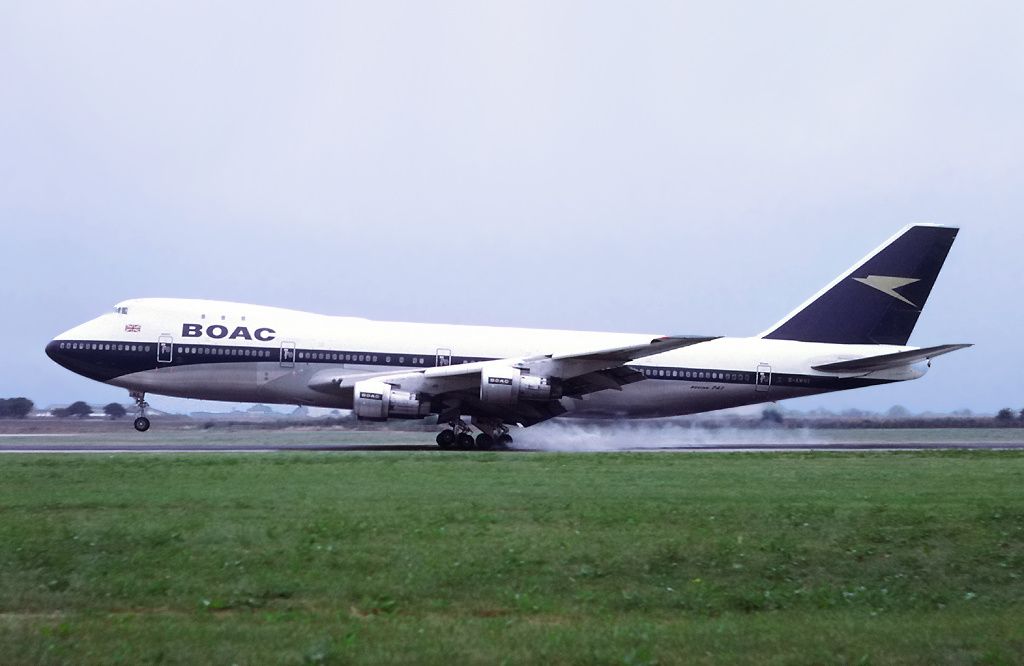
.jpg)
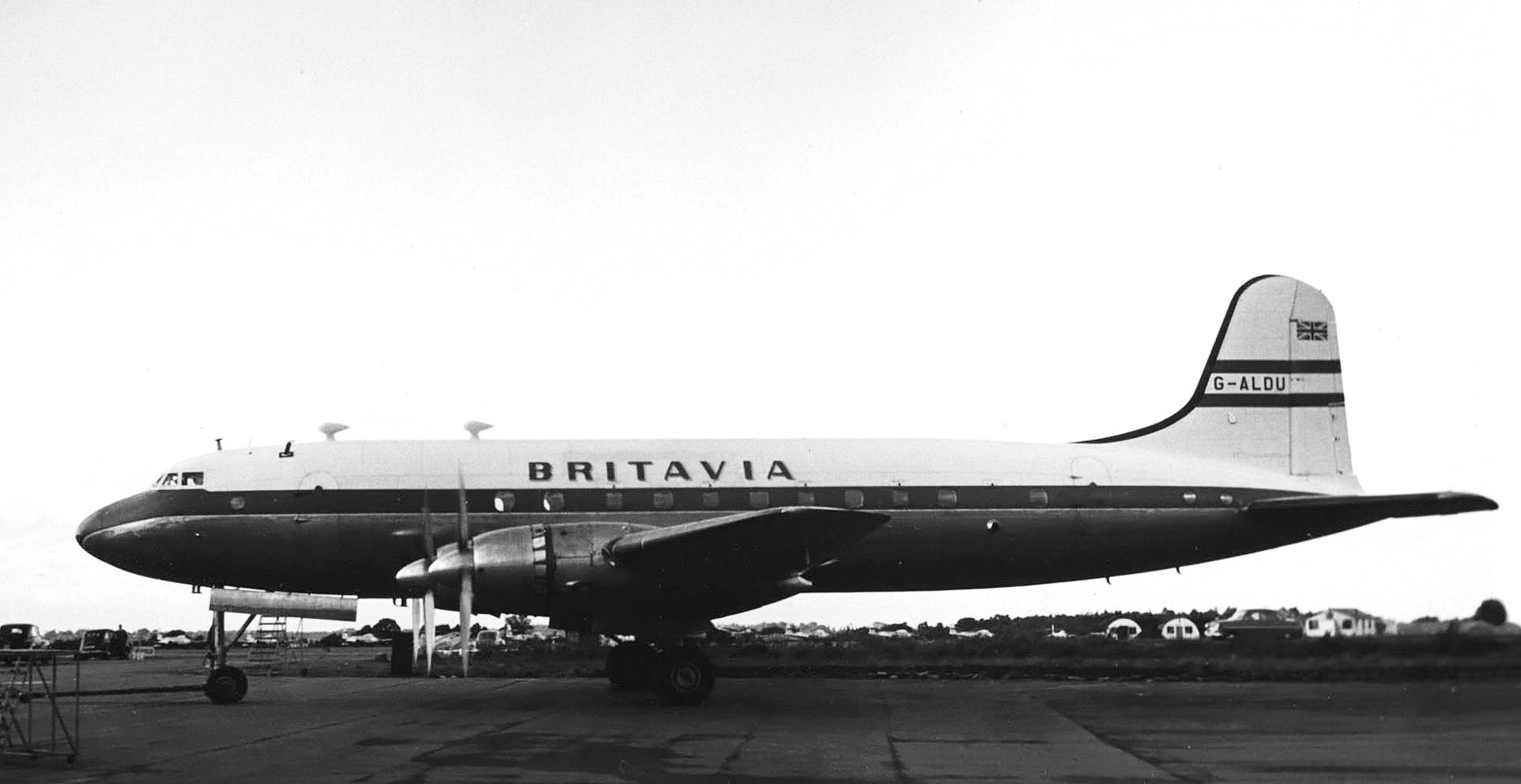
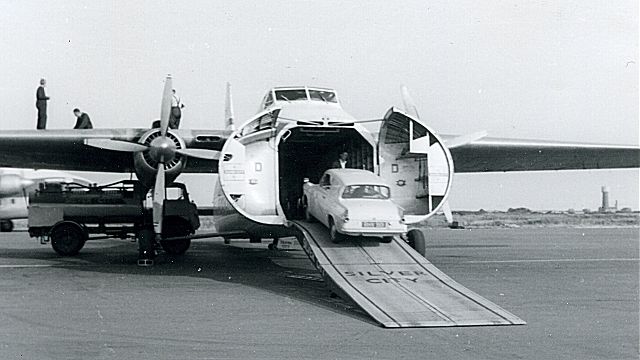
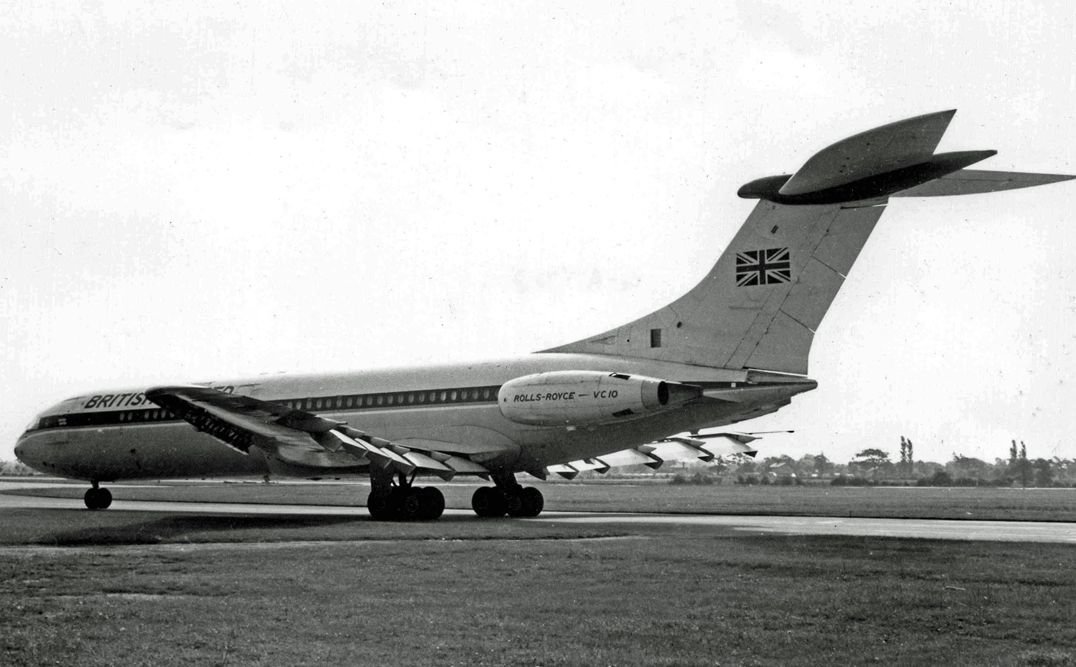
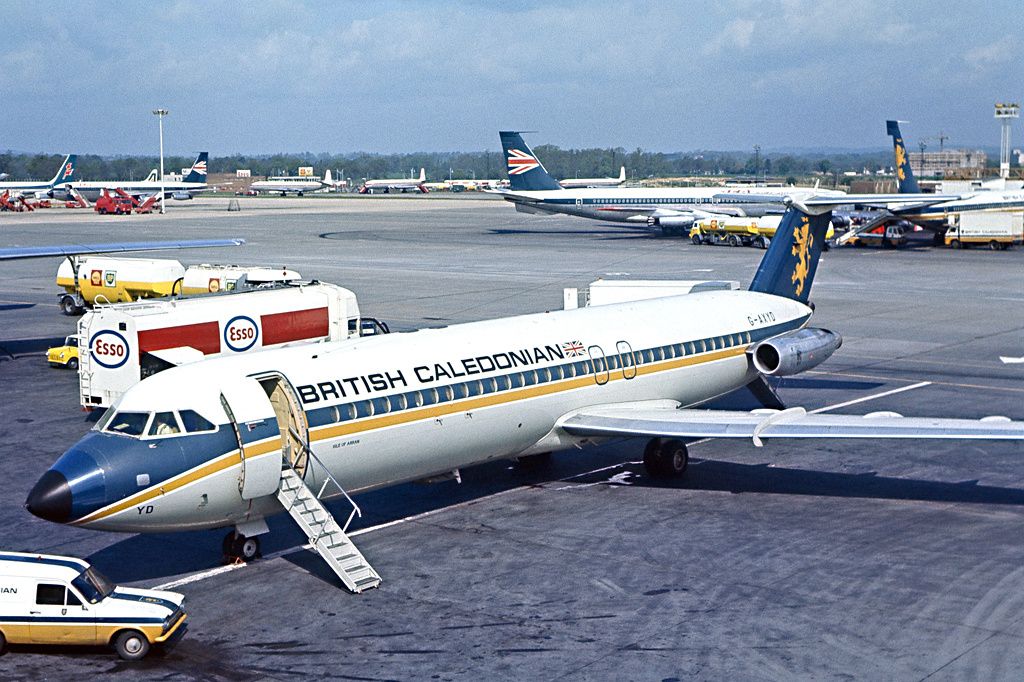
.jpg)